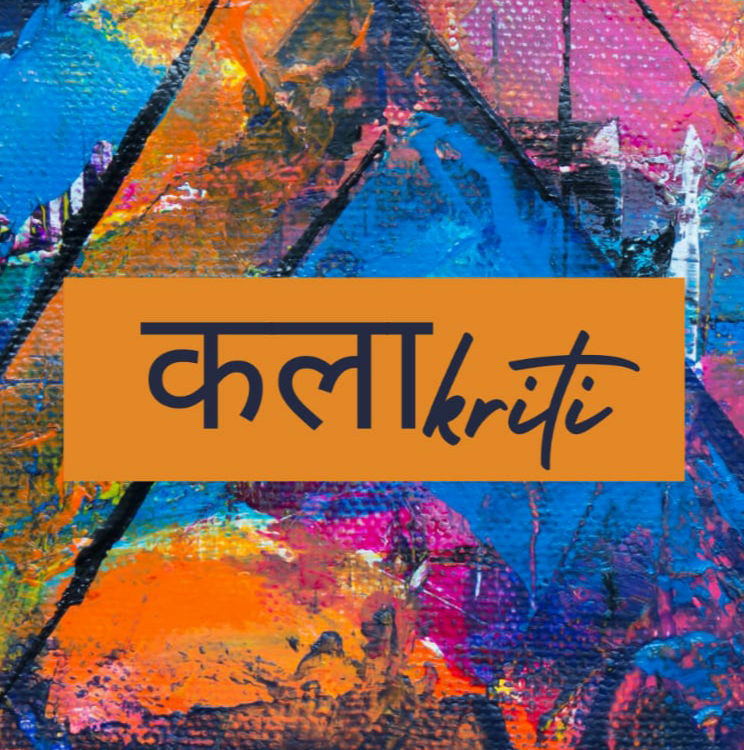Handicrafts in a world of hands-on drive
- teamkalakriti

- May 28, 2022
- 3 min read
Updated: May 29, 2022
By Sai Adhithi M
A handicraft is an item where automated machines are not used but instead made with bare hands or non-automated related tools such as scissors, carving instruments and such objects.
Handicrafts involves a broad spectrum of products which are made using- textiles or leather, wood, metal, clay, bone, horn, glass or stone, paper or canvas and wood. Many products of the range; sarees to rugs; stitching to dyeing; tatting, corn doll making, string art, macrame and straw crafts. These can be used from uses as trivial as holding something (pen stands or just a holder for example) to being used as rugs or clothes.
Handicraft making has been rooted back to rural crafts of ancient civilizations. This form of crafts has been practiced for centuries. Each piece of handicraft is made individually using non-automated tools and hands- hence, giving it an authenticity and more meaning. The rise of handicrafts happened in the pre-industrial society period when William Morris and John Ruskin proposed that people achieve fulfillment through the creative process of handicrafts. The Industrial Revolution and increasing mechanization in productions has resulted in gradual decline of handicraft artisans. It has now reduced to- many people only making handicrafts as a formal vocational trade than as a culture.
Handicrafts of India are well-known for the attention to detail and bright contrast in their structure. They give us a ‘wow factor’- for example, a very unusual structure we would think not suitable for some purpose seems to be more than useful when seen practically and this is done usually by handicrafts. Their color palette also attracts a lot of attention. Colors we normally wouldn’t prefer or think as stand-alone ones end up looking good with the color palettes put together by handicraft artisans.
As explained earlier, handicrafts also involve sarees- these sarees are particularly peculiar for their design. Bagru print dresses( kurtis and sarees- mostly rogue cotton) are in the rising trend. They are made using wooden blocks. First a wooden block is carved to the desired design and then the carved block is used to print designs onto the dress material. The most common colour of bagru prints are blue.
Dolls made in India as part of the handicraft industry are of cotton. While mechanized industries mass produce dolls using plastic, dolls made by handicraft artisans vary and make each doll much more valuable. These dolls are soft and are stitched with cotton stuffing inside and the outer part is stitched using dyed threaded cotton/ sometimes jute.
Clay earrings are also starting to get trending. These come in beautiful colours and give a classy yet simple look. They are made using clay, which is first rolled into cylinders that are winded together and gently pressed into one whole cylinder( cylinders of different colours are merged). This big cylinder of clay is then made a ball and kneaded. The desired design is cut out using a mould and then it is baked at the right temperature.
Handicrafts are signs of culture. They have been so, for many generations. The artisans are skilled and keep the culture alive with their talent, beautiful colours, unimaginable shapes and vibrant products. Handicrafts make the products lively than a machine-produced piece of material. They also promote people to have a hobby and develop interest in crafts.
















Comments